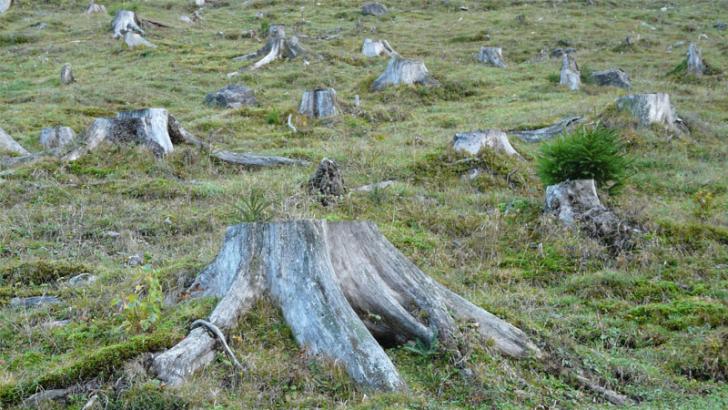Climate change is a burning environmental issue and it is now surer than ever that humans are the main cause behind the changing climate. The disability to retain this change will affect every life on this planet and soon result in their annihilation.
There is strong evidence that the warming of the Earth over the last half-century has been caused largely by human activity, such as the burning of fossil fuels and changes in land use, including agriculture and deforestation.
The Royal Society, 2010
Based on a range of strong evidences-rise in sea level, global warming, and melting glaciers-97% of climate scientists agree that anthropogenic climate change is real and it will only intensify in the years to come if we continue to live with our dangerous lifestyles.
Greenhouse Gases
Emission of greenhouse gases because of human activities is a prime cause of the warming of the earth. These gases absorb and retain heat in the atmosphere and are responsible for the global temperature rise.
- Carbon dioxide (CO2) is the most important component among the greenhouse gases that is causing climate change. CO2 emissions increased significantly worldwide, 370 parts per million (ppm) from 270 ppm to be precise, since the Industrial Revolution that has caused the global temperature to rise.
- Methane is less abundant but it is an important greenhouse gas nonetheless. It is released into atmosphere from agriculture sector and animal waste.
- Harmful ozone found near the earth surface is also responsible for the warming of earth. It is formed by the mixture of carbon monoxide, nitrogen oxide and hydrocarbons that are emitted into the atmosphere through human activities.
- Nitrous oxide, released from the use of fertilizers and burning of fossil fuels, is also a greenhouse gas.
- Chlorofluorocarbons from solvents and refrigerators also contribute climate change. Because of global restrictions on these halocarbons, the effect of these gases are gradually decreasing.

Aerosols and Black Carbon
Aerosols have varying sizes, chemical compositions and differ in concentration. They are small particles that scatter and absorb radiation from the sunlight. Scattering of this radiation cools the earth whereas absorption warms the earth. Human activities release aerosols in many ways.
- Burning of biomass and fossil fuel release aerosols composed of sulfur compounds, black carbon and organic carbons.
- Burning of fuels in industries and surface mining also increase the concentration of sulfate aerosols.
- Natural aerosols are released into the atmosphere by volcanic eruptions, biogenic emissions and mineral dust.
- Black carbon or soot is created by incomplete combustion of coal, biofuels, biomass and diesel fuels. These particles absorb solar radiation and warm the atmosphere.

Change in Land Use
Alteration of natural ecosystems and vegetation also releases carbon dioxide into the atmosphere. A quarter of the CO2 emissions in the atmosphere is due to land-use change.
- Agriculture brings changes in land cover which may alter its ability to reflect and absorb heat.
- Deforestation is a big contributor to climate change. Rainforests absorb carbon dioxide emissions and when these rainforests are cut down they have a devastating impact. When wood collected from these rainforests are burned, they add to the carbon dioxide emissions.
- Desertification increases surface albedo i.e. the amount of solar radiation reflected from the earth’s surface.
